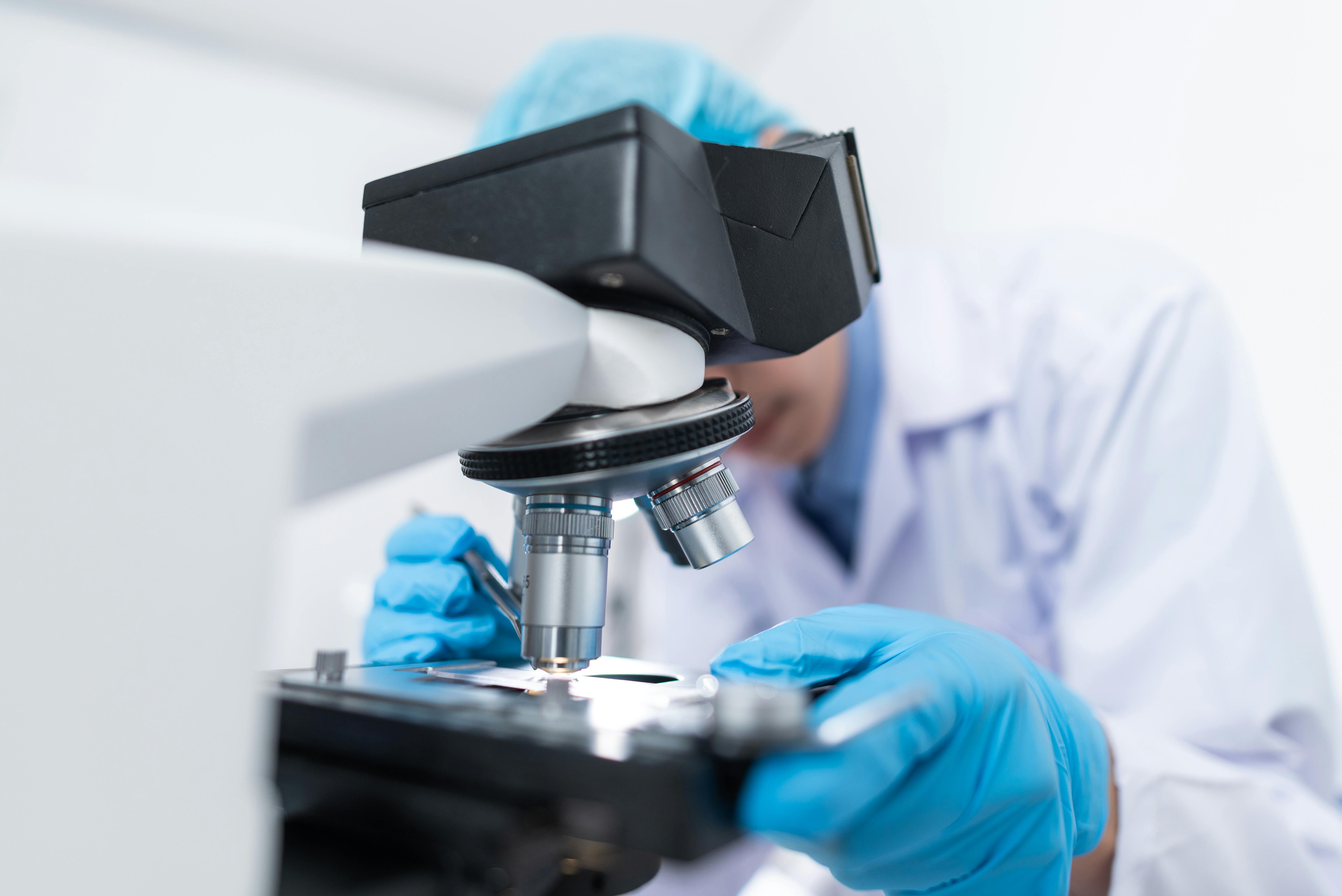All the parts of our bodies share an inherent connectivity. This goes much further than “the foot bone’s connected to the … leg bone”. For instance, both hands and feet are connected to a constantly flowing bloodstream, and a nerve network that makes their muscles kick.
Author
Dan Baumgardt
Senior Lecturer, School of Physiology, Pharmacology and Neuroscience, University of Bristol
So what about the connection recently proposed by some news outlets regarding a simple test involving your palm and thumb? Could it really help diagnose a silent, yet potentially serious problem?
An aneurysm is what we’re referring to here. This is a ballooned segment of an artery – the vessels that supply oxygenated blood to your body tissues. Aneurysms may cause no problems, but if they grow larger, they can weaken, burst and bleed. This is bad enough in most arteries, but imagine if the artery involved were the biggest in your body?
The vessel in question is the aorta. Aortic aneurysms can develop slowly and insidiously, without yielding any knowledge that they are evolving, since they may not trigger any symptoms.
Indeed, they may not become identifiable until they’re starting to leak. By this stage, the threat to life from arterial rupture is severe.
Any test that can pick up an aneurysm before it gets to this danger point has great implications. Namely, so the defect can be closely monitored and repaired if needed.
So, is there a clinical basis for this proposed test? And what does it involve?
The thumb-palm test
The original paper regarding the problem dates to 2021. A research group in the US recognised that some people with aortic aneurysms demonstrated a sign in their hands when asked to cross their thumb across a flattened palm. A positive test was seen when the thumb extended all the way across the palm, protruding to the other side.
A link could be made between this finding and the presence of a connective tissue disorder, where joints and ligaments are lax and loose, and might lead to a positive test. Some connective tissue disorders, including Marfan syndrome, are known to be associated with developing aneurysms, so this observation made sense.
The findings were that a positive test was associated with a high likelihood of an aneurysm being present in the ascending portion of the aorta as it leaves the heart.
However, it’s important to note that the landmark paper examining the relationship looked at 305 patients. Of these, ten showed the positive sign, so the sample size could have affected the results.
That’s not to say that this test lacks credibility, but it needs to be tested on more patients first.
And it’s not the only example of a test used in medical practice that is not perfect.
What makes a good test?
In medicine, we ideally want to use tests that accurately spot diseases without missing them. We also want those that don’t misdiagnose patients, and are specific to certain conditions. We call these important parameters the sensitivity and specificity. Ideally, both should be as high as possible for a test to be considered a gold standard.
In reality, there are many tests we use that lack sensitivity or specificity. Take prostate-specific antigen (PSA) for instance – a simple blood screening test available to screen for prostate cancer. If the PSA comes back raised (and this is variable according to age) one of the underlying diagnoses might be prostate cancer.
But it also might be an enlarged or inflamed prostate, or a urinary tract infection. Or recent sexual intercourse. Or indeed, (but more speculatively) cycling before the test.
Many factors aside from cancer can cause a raised PSA, making the test lack specificity. PSA can also sometimes be normal in patients with prostate cancer, which means it lacks sensitivity.
This is why doctors have to use test results alongside other clues, such as examining the prostate to see if it is enlarged and craggy to the touch – altogether more suggestive of cancer.
Like PSA, what is known about the thumb-palm test shows it has to be interpreted correctly. Those with positive tests do not always have an aortic aneurysm. And having a negative test doesn’t automatically exclude one. It also needs to be performed correctly: the palm must be flat, not folded, to prevent a false positive test.
But what does this all mean for detecting aortic aneurysms while more research is carried out? Perhaps we should be considering what is known about them.
We know that this condition is associated with high blood pressure, high cholesterol and smoking – so identifying and treating risk factors is important.
Equally important is scanning the aorta of those at-risk groups; those with certain connective tissue disorders or with a family history of aortic aneurysms.
The thumb-palm test has yet to be incorporated into clinical practice, but further research looking at larger patient populations might allow it some more credence. In the meantime, we must rely on what we do know, to detect them as early as possible, and monitor them lest they become dangerous.
![]()
Dan Baumgardt does not work for, consult, own shares in or receive funding from any company or organisation that would benefit from this article, and has disclosed no relevant affiliations beyond their academic appointment.








